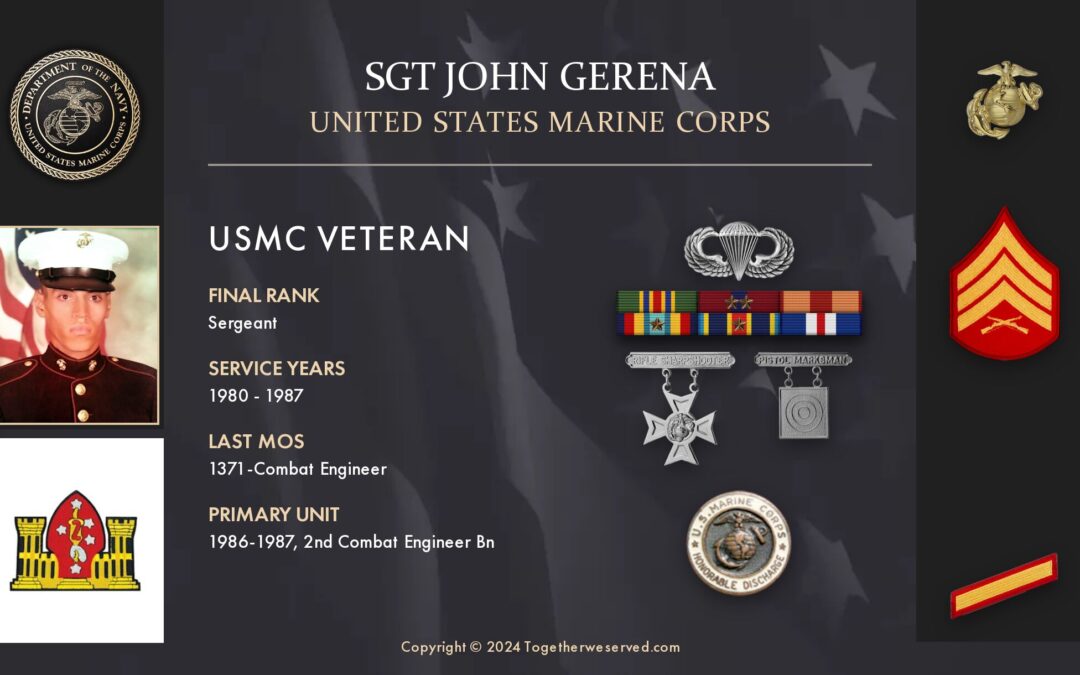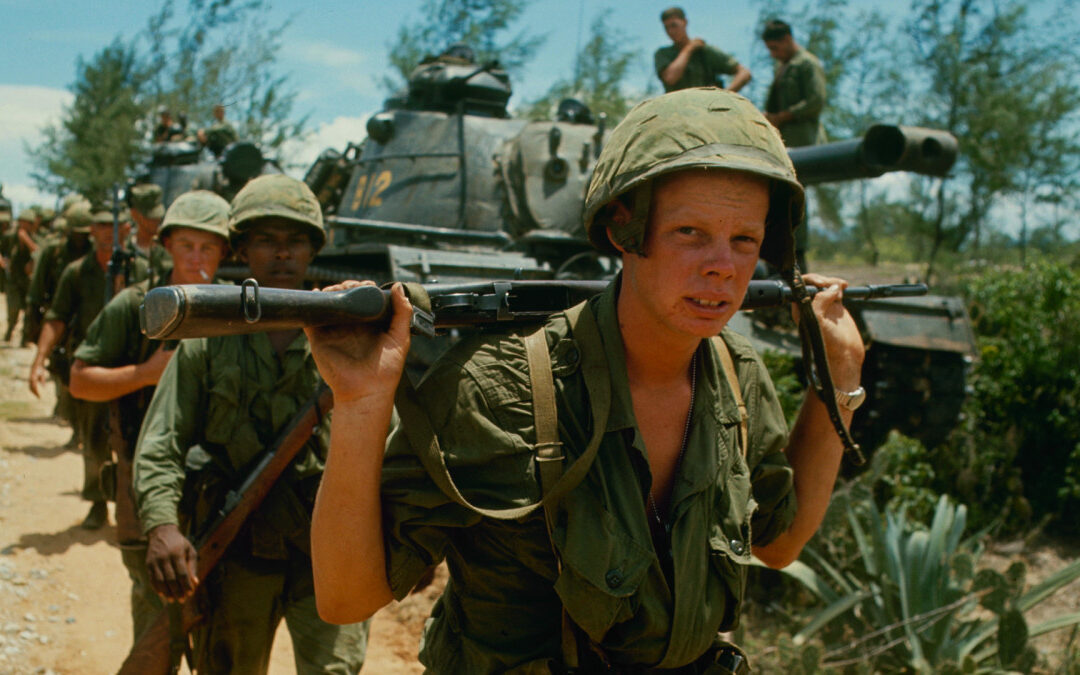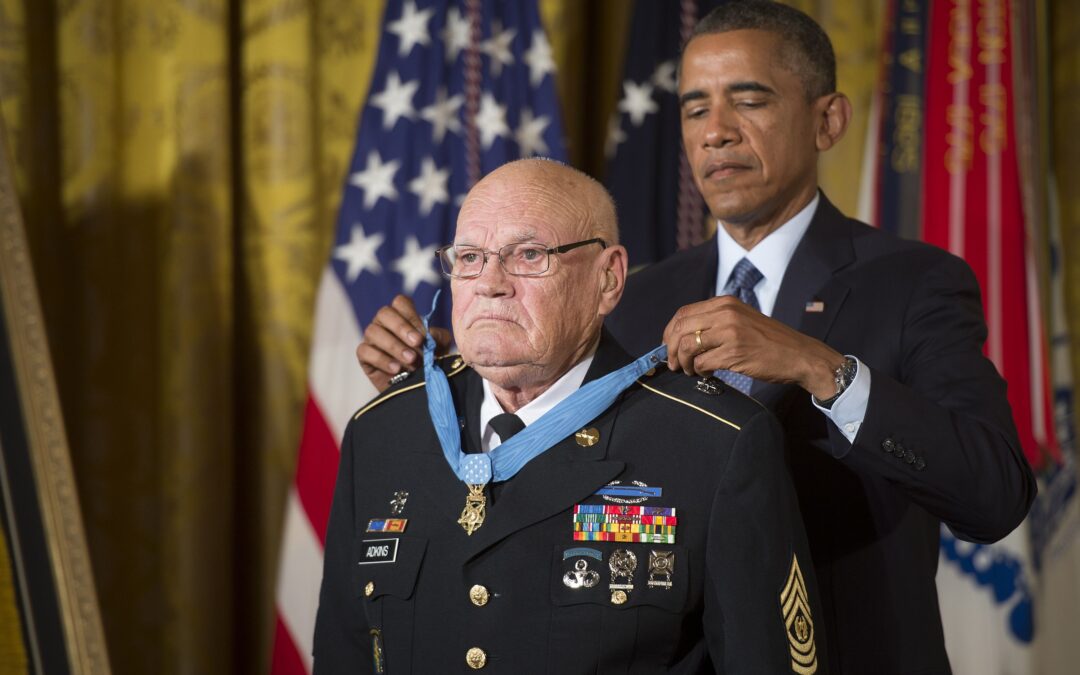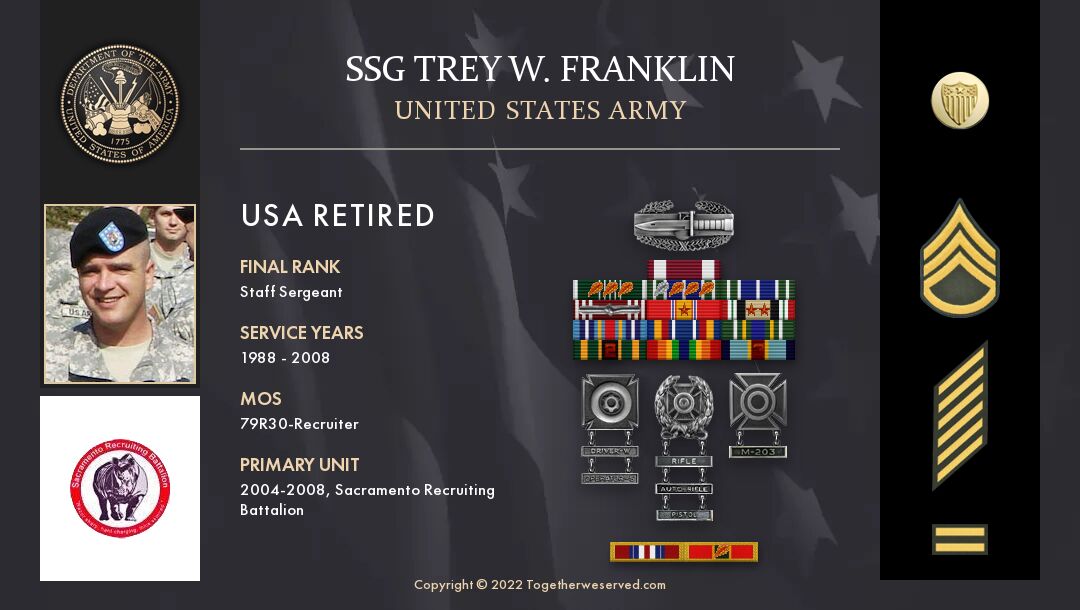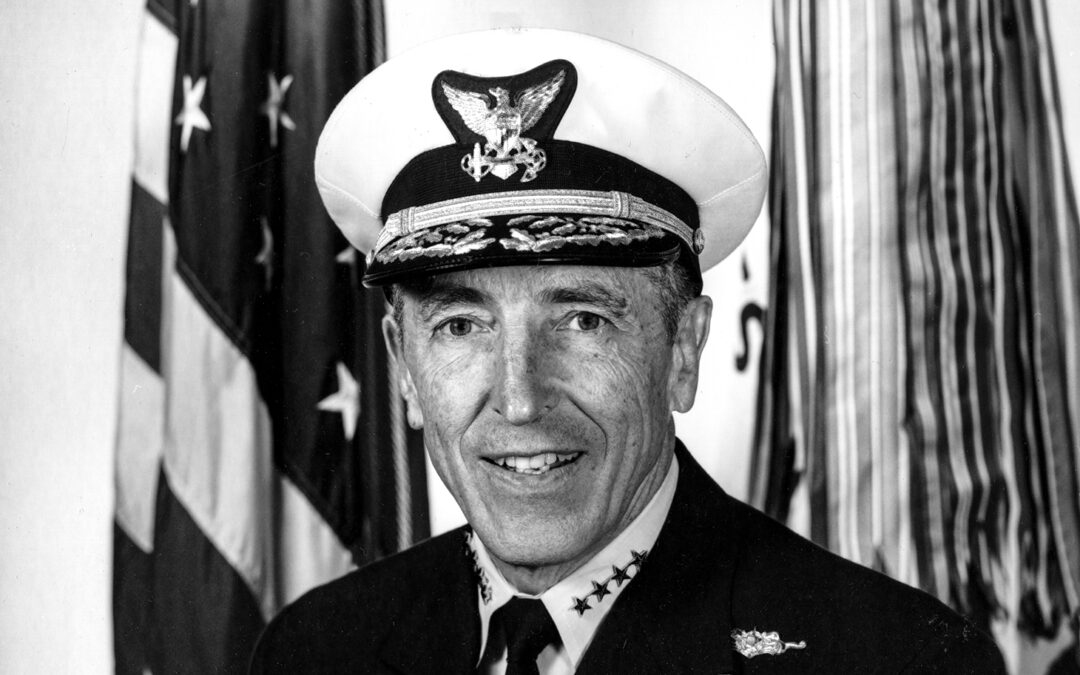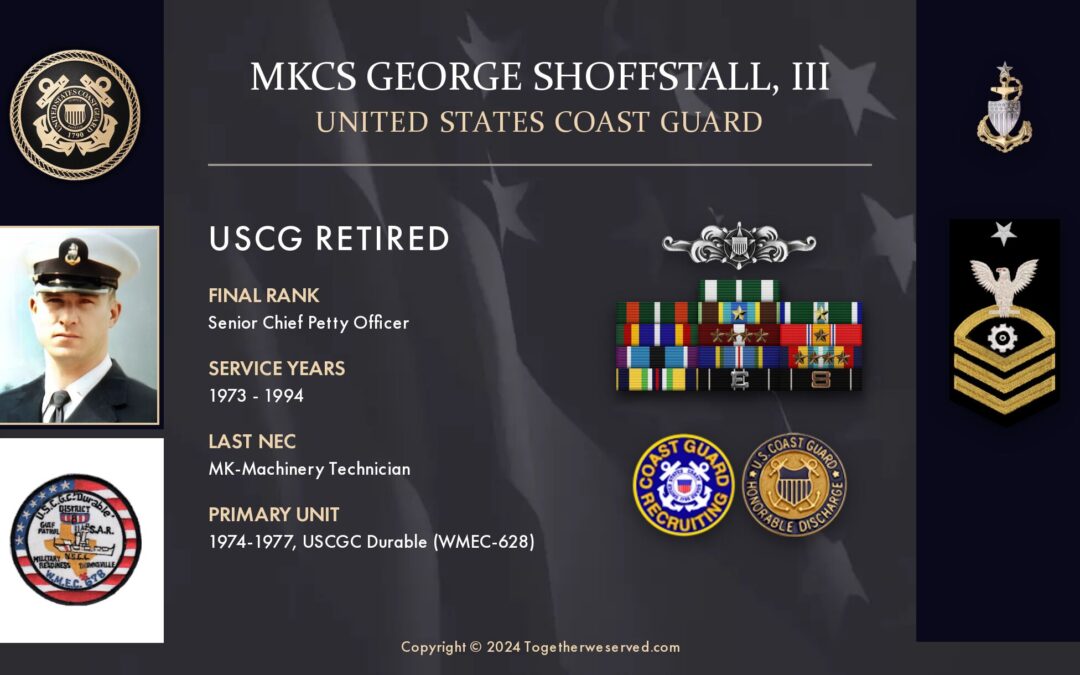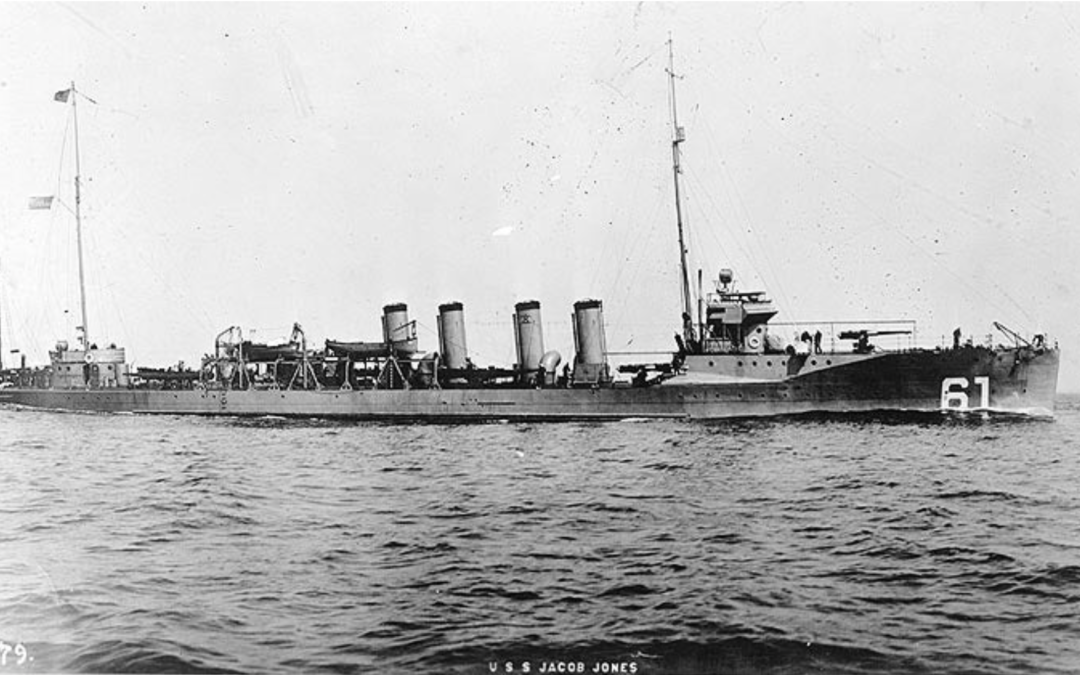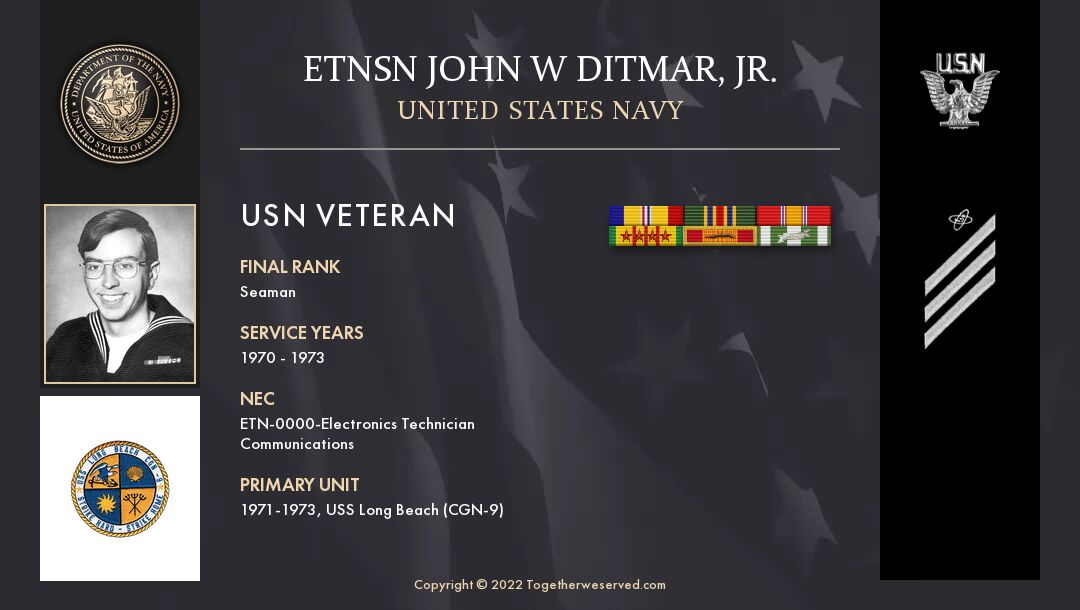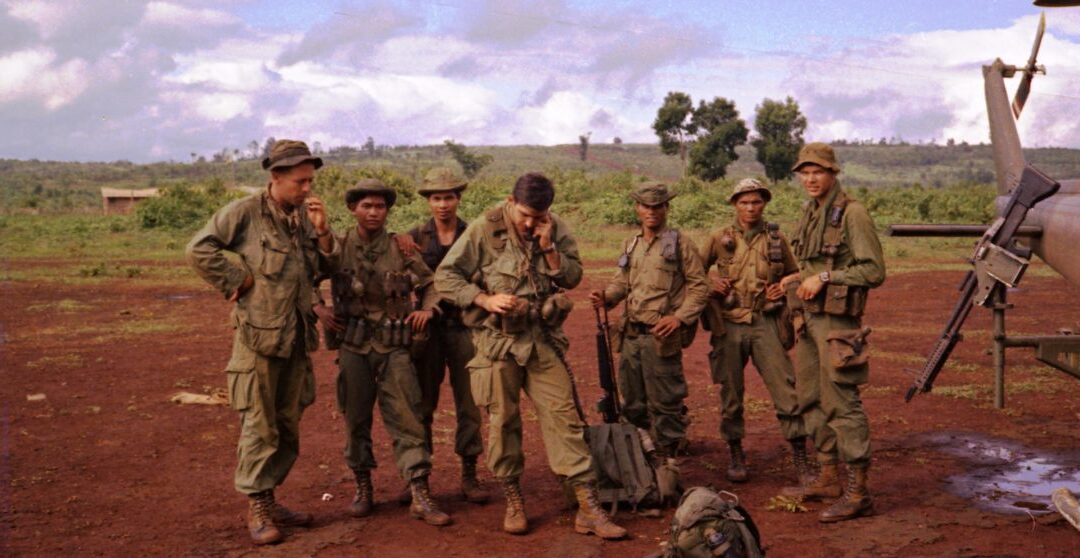Many civilians will have trouble understanding some facets of military life. The one thing they may never understand is the plethora of ways military personnel can face punishment. Every veteran has a story about either witnessing a bizarre punishment forced upon a troop (or themselves) that seems so outlandish; it's hard to believe - to those who didn't serve, that is. Troops have been ordered to sweep sunshine off the sidewalks, vacuum the flight line, and pretend to be a ghost; or my personal experience: an Airman trainee was ordered to speak to everyone using sock puppets because he didn't put his dirty socks into a mesh bag. Not really cruel, but definitely unusual punishment. Those are just some of the random, uncodified punishment trainees, recruits, and junior enlisted troops have received over the years. There's no book that lists these creative ways to teach junior Soldiers, Sailors, Airmen, Marines, and Coast Guardsmen to penalty for not following the...

